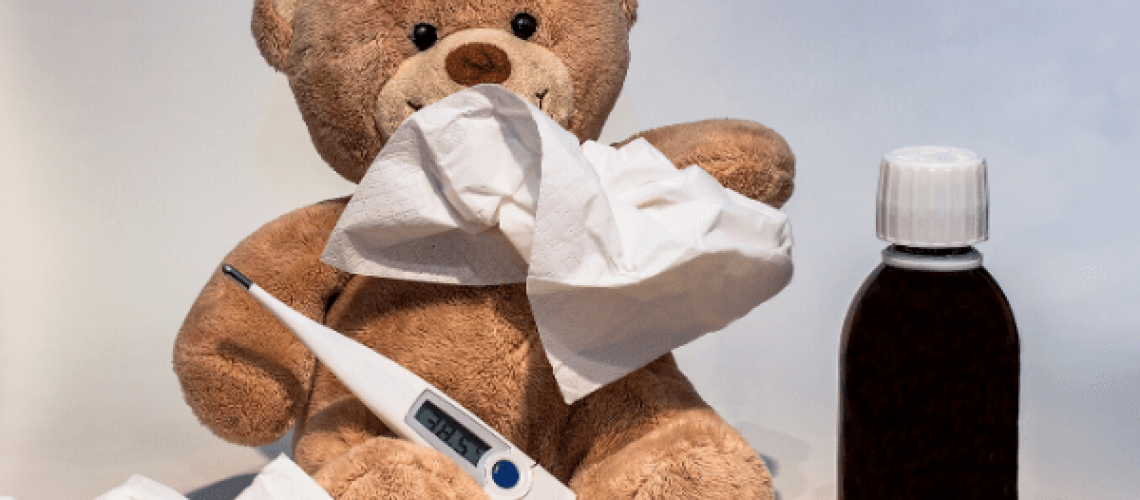By Paediatrician Dr Enrico Maraschin
Temperature is the body’s natural response to an infection. The infection may either be viral or bacterial. Children may also develop a temperature after vaccinations or as a result of trauma. When a child has a high temperature, it can be extremely distressing to parents and certainly makes the child listless and miserable. Knowing how to control your child’s temperature is an important part of caring for a sick child.
What is a temperature?
- 36.4⁰C to 37.5⁰C (97.9⁰F to 99.5⁰F) is considered a normal body temperature.
- A temperature above 38⁰C will require intervention.
- Knowing your child’s normal body temperature is also important as it will help guide you when your child is ill.
What steps need to be taken when my child has a fever?
My advice to parents when dealing with temperature is to control the temperature with medication first. The medicine dose is based on your child’s weight. Please be sure to follow the instructions carefully. You are welcome to go to my website for guidelines on the correct medicine dose for your child’s weight. If you are unsure of how to calculate the correct dose of medication, you should contact your healthcare provider.
- Medication: For temperatures below 38.5⁰C (101.3⁰F), paracetamol syrup or suppository should be given. Temperatures higher than 38.5⁰C may require a combination of paracetamol such as Panado and an anti-inflammatory.
- Fluids: It is vitally important to give your child extra fluids when they have a temperature. High temperature causes the child to lose water through the skin. Rehydration solution, cold water and diluted apple juice are well tolerated, even when your child is feeling very ill.
- Keeping your child cool: Once you have given medication, it is advisable to keep the child lightly dressed so that the body can lose the temperature through the skin. Sponging your child with lukewarm water may also help the body to lose heat and make your child more comfortable.
“MY ADVICE TO PARENTS WHEN DEALING WITH TEMPERATURE IS TO CONTROL THE TEMPERATURE WITH MEDICATION FIRST.”
The no-nos of temperature control
- Do not submerge the child in cold water or wrap them in a wet towel. This will put the child’s body under stress. If the outside of the body is much colder than the internal temperature, your child may experience rigours – this is when the body begins to shake.
- Do not give anti-inflammatory medications to a child that is dehydrated or who is highly allergic.
- Avoid medication that contains aspirin.
- Do not use rubbing alcohol on a child. The alcohol may be inhaled or absorbed through the skin and is toxic.
When should I worry?
- If your baby is younger than 12 weeks (seek medical attention immediately)
- If your child has or is prone to fever convulsions
- If your child has a stiff or sore neck
- If your child has vomiting or diarrhoea with a fever
- If your child is struggling to breathe or very lethargic
- If the fever continues to rise 30 minutes after giving medication
- If the fever has persisted for longer than four days
It is safe to say that all children will have a temperature at some time. The key to handling the situation is to have what you need when you need it. Make sure that you have a reliable thermometer. The new thermo scanners (used on the forehead or in the ear) are quick and easy to use. Please avoid the old mercury thermometers, as these can cause poisoning if dropped and the mercury leaks out.
Ensuring that you have paracetamol in your medicine cupboard with a syringe to accurately measure the medicine is a good idea. Please check expiry dates on all medicines regularly. Temperatures do cause a lot of stress but with the correct management, it can be controlled. Control is the key to keeping your child comfortable until the illness passes.

#sleeptraining

